13 Jul 15 Must-Have Features for Ecommerce Sites via @HollystarPR
All websites are unique in their own way.
We’ve seen trends in ecommerce website design like animation, 360-degree product previews, advanced filtering, and dynamic product search.
However, trends don’t guarantee conversion rates or robust user experiences. There are certain elements that every ecommerce site should have to stay relevant and competitive.
Here is a list of 15 must-have features that attract online shoppers.
1. User-Friendly
This comes from the old K.I.S.S. adage about keeping it simple.
Simplicity should be a goal in good design and you don’t have to sacrifice elegance to achieve it.
As a matter of fact, studies show that 76% of consumers say the most important characteristic of a website is ease of use.
The objective is to help shoppers get to what they want faster and without running into unnecessary complexity that can clog up the path to purchase.
Online sellers have minutes, if not seconds, to make a sale. Focus on the user experience by providing shopping categories, filters, and comparison capabilities.
To make your ecommerce site more user-friendly, consider the following:
- Improve search functionality with an autocomplete option like Under Armour:
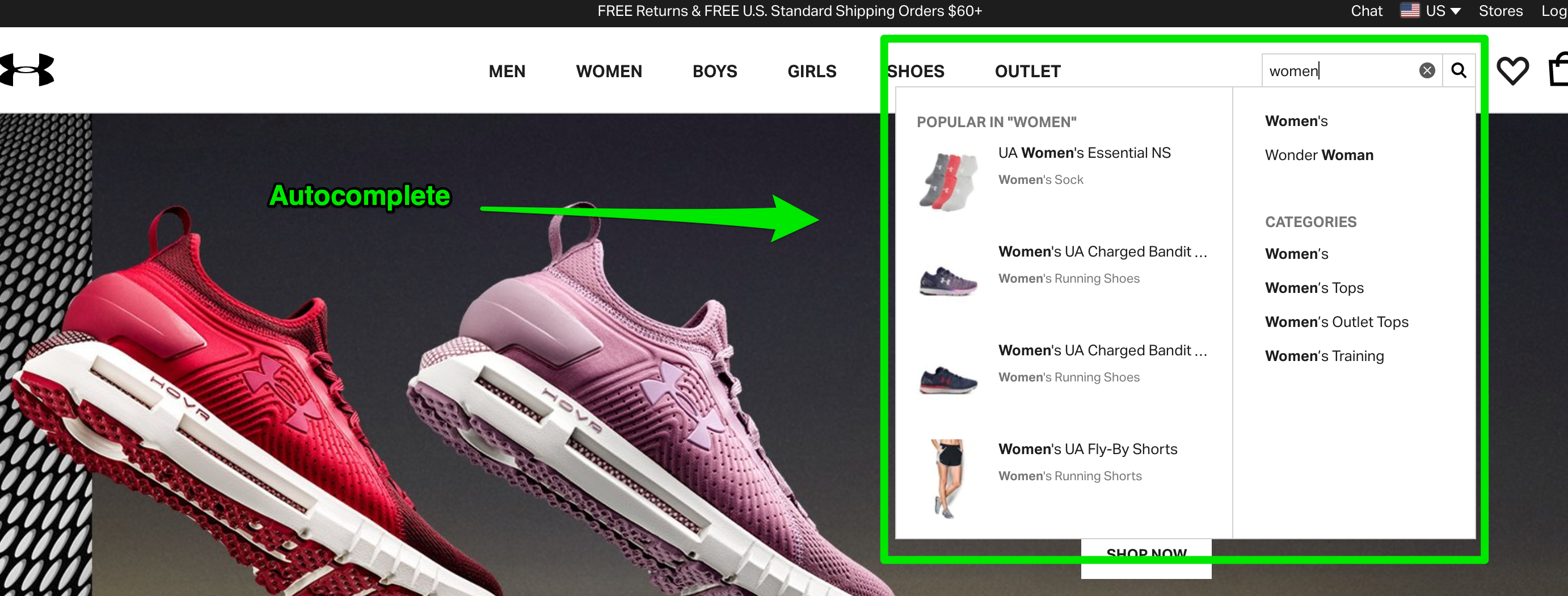

- Create effective, visual navigation like Stanley:


- Pre-populate forms like Target:
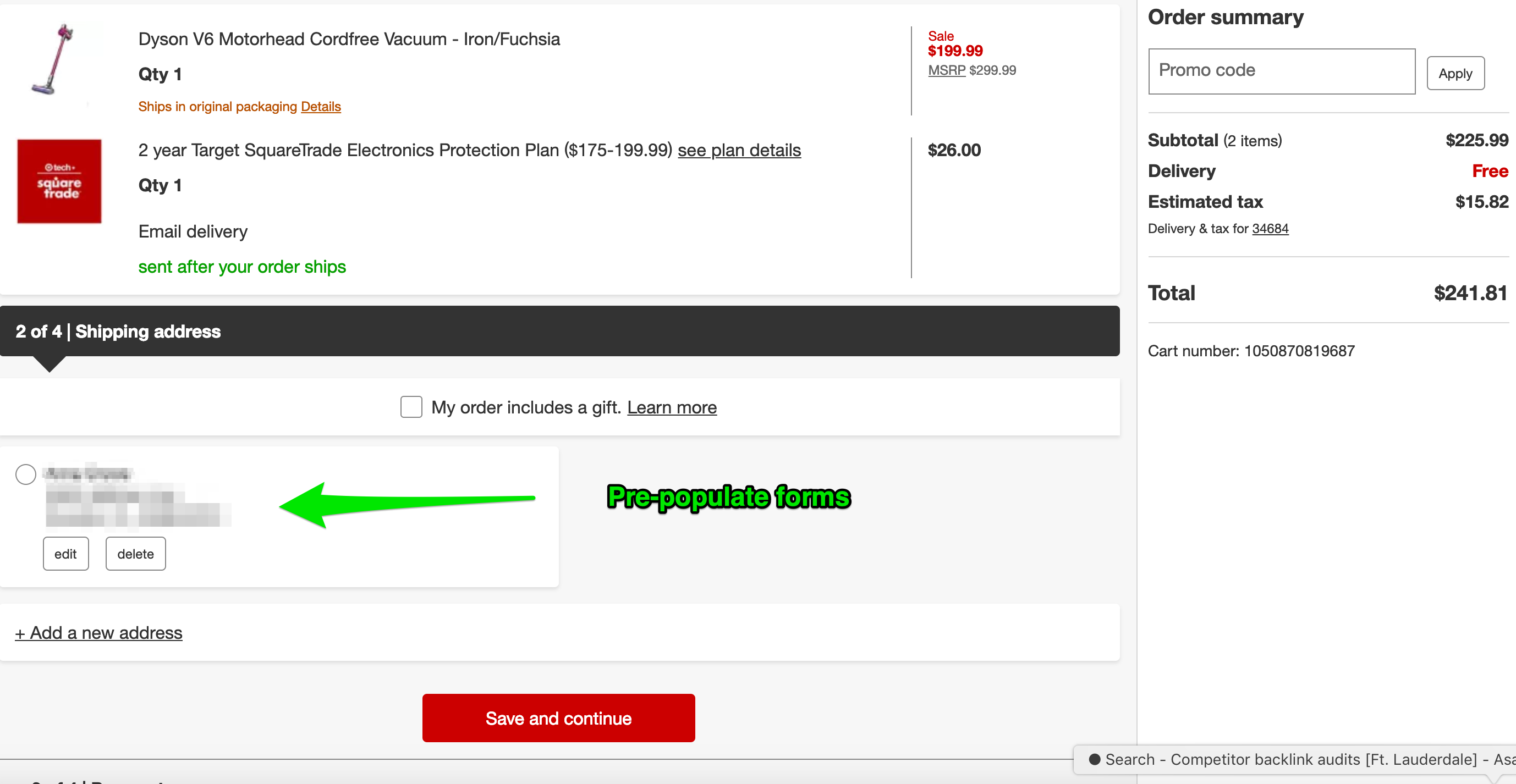

Ecommerce sites should be a competitive advantage instead of a troublesome experience.
2. Mobile-Friendly Website
Mobile shopping accounts for 50% of online transactions.
With a responsive website, content intuitively adapts to whatever device is accessing it to provide the most user-friendly experience.
Walmart increased mobile sales by 98% after optimizing its mobile site.
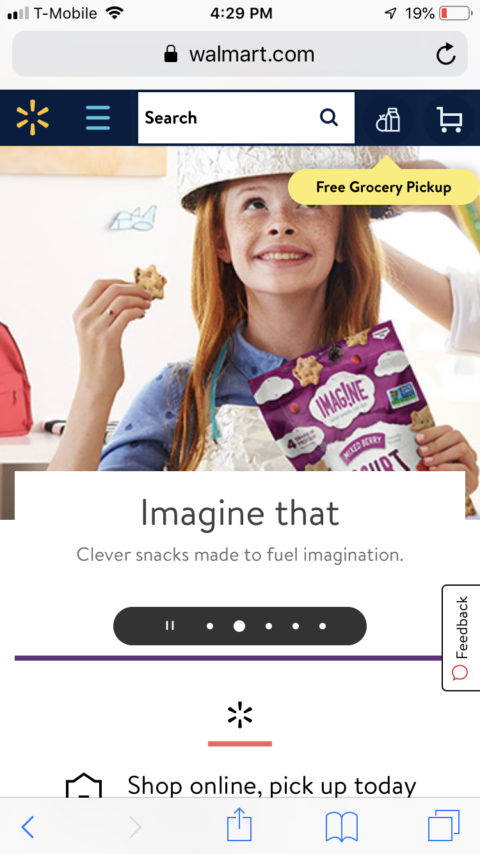

And Intelligentsia created a better purchase experience on mobile that led to a 16% increase in mobile transactions.
It doesn’t matter if you have millions of product pages or five.
Creating a mobile-friendly experience for your shoppers will improve sales and potentially your rankings.
3. High-Resolution Photos & Video
Gone are the days of posting one photo with a few bullet points and a price tag.
Shoppers want to see multiple angles and people using the product in different environments. They want to be able to zoom in and get a feel for the product.
Technical considerations for images are crucial. Images that don’t load or take too long to load will see a consumer drop-off rate of 39%, according to Adobe.
And, we’re not talking about just professional photos. Vanity Planet found that adding Instagram photos to their product pages increased checkouts by 24%.


Images sell, not text.
Ecommerce websites should display multiple photos per product. The photos need to be high-resolution and optimized for page load.
4. User-Generated Reviews
Shoppers read reviews. About 95% of them, in fact.
And 57% of consumers will only use a business if it has 4 or more stars.
You might think that having negative reviews is a sale killer. The opposite is actually true.
Having negative reviews can often be positive. It’s shown that products without negative reviews are seen as censored and, in turn, shoppers will assume the positive reviews are fake.
Depending on website functionality, ecommerce sites can use plugins from the most popular review platforms including Yelp, Foursquare, and Facebook.
Forward-thinking ecommerce sites, like Paiwen paddleboards, are using reviews as user-generated content to drive social proof and build raving fans.


5. Special Offers
Most ecommerce sites are using special offers in their standard marketing practices via email, social, text, etc.
Next-level ecommerce sites take advantage of the prime real estate in the header section to promote special offers.


When shoppers realize they’re getting a special deal, it motivates them to buy more and spend more time searching the site.
If ecommerce sites are using ongoing promotions, providing a unique webpage that lists the offers will not only drive more sales but also improve SEO.
Consider the shopper searching [ZIP code + toyota special offers] and the value of that organic search result.


6. Wish Lists
Oh, how I love wish lists. One for fashion, one for books to read, one for holiday gift ideas.
Shop, save, and share!
Ecommerce sites that aren’t using wish lists are leaving revenue on the virtual desktop table.
What’s better than having customers bookmark items they want and will most likely buy in the future? That’s just gold in the pocket. And a remarketing campaign dream.
Just take a note from Amazon.
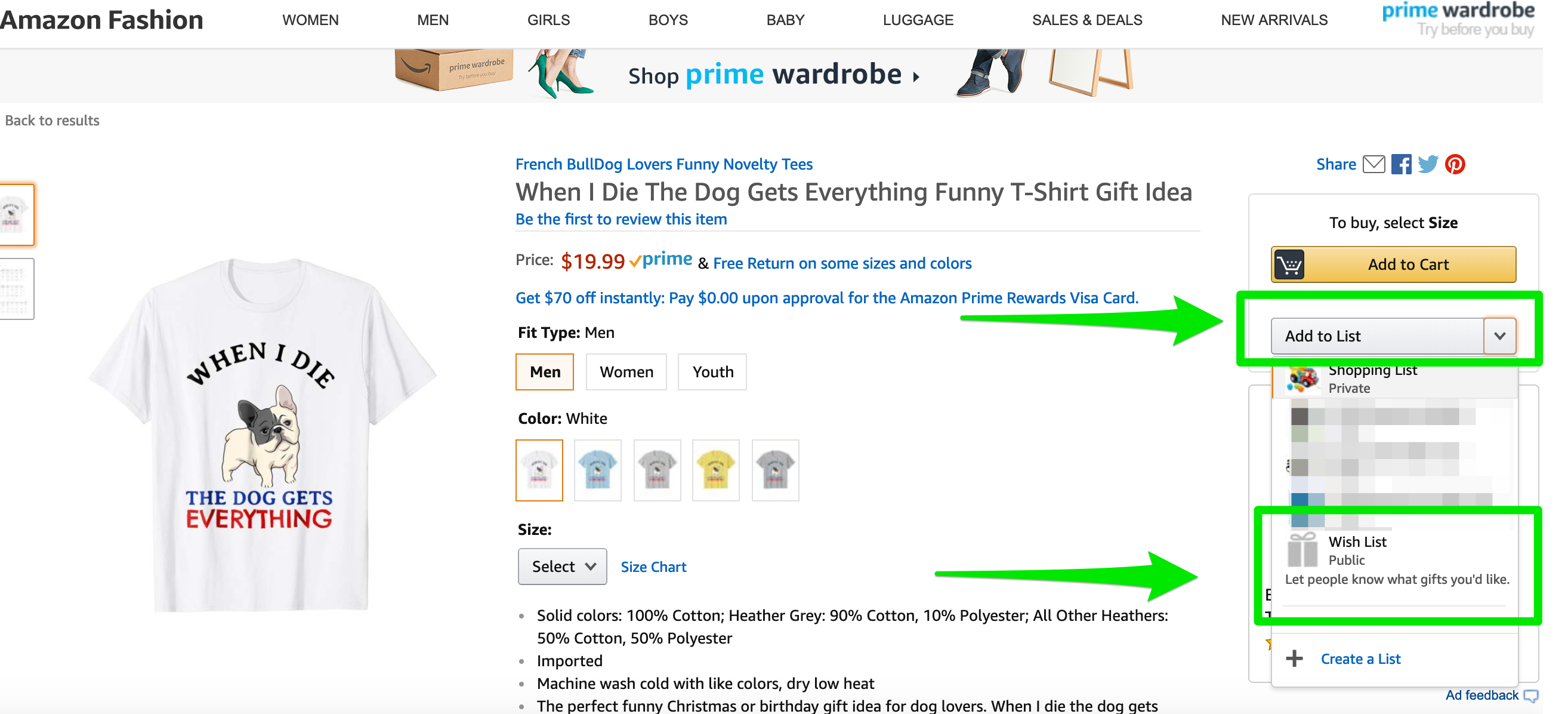

Retailers are creating these individualized options to drive engagement.
In this webinar by Brendan Witcher of Forrester, he shares how these can drive open rates as high as 80%, and 5x-10x higher return to purchase.
It’s also an opportunity to share a brand with new buyers. When shoppers share their wish lists with family and friends, it sends free traffic with built-in social proof to a website.
7. Find-in-Store
Not all ecommerce sites have brick-and-mortar stores. However, those that do must have a find-in-store feature.
Sometimes you don’t want to wait for an item to ship. You want instant gratification.
Shoppers are going online just to research and then complete the purchase in person. This is especially true for millennials, as they tend to research online before purchasing in a store.
This makes it incredibly helpful to see which local stores have products in stock.
8. Related Items
Simply seeing the phrase, “you might like this” causes a serotonin release signaling curiosity and excitement.
A ‘Related Items’ feature on an ecommerce site creates the desirable stickiness effect that so many marketers strive to achieve.
It happens like this:
You saved the AeroPress coffee maker to your shopping cart.
A section emerges that says, “you might like this.”
Would you like some freshly roasted, fair trade whole coffee beans?
Maybe a digital scale to measure the exact amount of coffee grounds to achieve the perfect cup of coffee?
You get the picture.
When an online seller uses the related items feature to sell more, it’s actually signaling to the buyer that “they get me.”
Related items can also include similar product categories to comparison shop, “people who bought this item also searched for”, and so on.
9. Frequently Asked Questions (FAQ)
Complex purchases require confidence with a seller and detailed information when buying products online versus face-to-face.
Fine Watch Bank (disclosure: they were a client) sells expertly crafted high-end watches.
The company’s buyers need confirmation of watch authenticity and detailed product information to feel comfortable when making a purchase.
An additional information section details frequently asked information, which establishes credibility and builds confidence with the buyer.
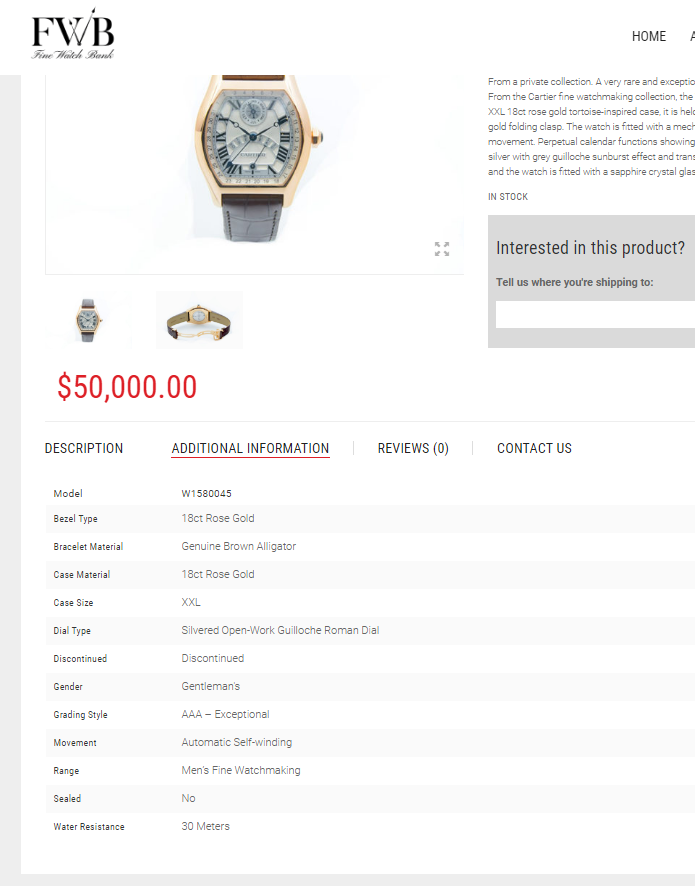

FAQ sections also provide a self-help area to address common customer problems. Buyers often ask about product support, returns, lost account passwords, etc.
10. Social Proof
Brands and online sellers that connect with their buyers on an emotional level create brand trust and advocacy.
Social connection is undeniable and the opportunity to bond with an audience is easier now than ever.
Linking social profiles and user-generated content with an ecommerce site are must-have features that will give online sellers brand character.
Shoppers are inundated with a constant flow of “buy now” and “get this”. It’s those brands that engage with customers socially that create customers for life. They are offering products that help others and that people care about.
Social media allows ecommerce brands to show authenticity and associate an emotional connection with their products.
- Look at Nike’s Pinterest account to see how incorporating products with motivational images makes a huge impact.
- See how Ikea uses user-generated content to share design ideas and inspiration for how to use its products.
- Check out how Lowe’s produces how-to videos that teach people how to use its products.
11. Security Features
Online transactions are an integral part of our lives.
As such, ecommerce websites can be a lucrative target for cybercriminals. It’s crucial that online sellers protect customer information and take steps to ensure privacy.
It all starts with a secure ecommerce platform.
With their sophisticated security features, it’s no wonder that Magento and WordPress paired with WooCommerce are the top two platforms for online sellers.
Other must-have ecommerce security features to consider are:
- SSL certificate: Establishes secure connectivity between a user and the website. Look for HTTPS and a green lock in the address bar before trusting an online store with your information. Select an SSL certificate vendor with name recognition. The enterprise ecommerce giants almost always use Symantec.
- Two-factor authentication: Adds an extra layer of security by requiring username/password and a system-generated code sent via email or text.
- Use a firewall: Provides a gateway or wall between two networks and permits authorized traffic and blocking malicious traffic.
- Privacy policy link in footer: Addresses the website’s privacy policies and promises customer data is not shared with third parties.
12. Advanced Payment Options
In the world of Apple Pay and PayPal, advanced payment options are a must-have feature for an ecommerce site.
Just consider the ease of use associated with Amazon one-click shopping. Shoppers with registered accounts can literally buy with the click of a button.
There are many popular online payment options. The key is understanding who the buyer is and implementing the most effective solutions.
If your website is limiting payment options, make sure to explain why.
For example, an ecommerce site may not offer Bitcoin as a payment option after determining its value isn’t reliable.
If buyers are technology-savvy individuals who tend toward this payment method, it’s important to be transparent as to why it isn’t an option. This transparency establishes that the brand understands its buyers and builds trust.
13. Detailed Shipping Information
Alarmingly, unexpected shipping costs are the number one reason for shopping cart abandonment.
It’s critical that ecommerce websites include shipping information early in the checkout process, including a ZIP code calculator showing cost.
It’s also helpful to include delivery time and options for faster delivery. Sites should list countries that are outside normal shipping zones.
Interestingly, shoppers spend 30% more per order when free shipping is included. Be sure to present codes for free shipping on all pages of the site through the header navigation, if applicable.


14. Multi-Touchpoint Contact Page
When it comes to running an ecommerce site where most business takes place online, nothing builds trust more than an overly obvious and well-presented “contact us” feature. This is especially true when selling high-end merchandise or technical products.
Never make it hard for a buyer to get in touch or request support.
Consider the contact page a feature of the website. Include multiple ways to reach out, including phone, email, and an online form.
Some companies with brick-and-mortar stores offer online appointment setting via their contact page. Be sure to add customer service social links and Google maps for locations.
15. Return Policy
Return policies are an essential feature of any ecommerce website.
Your return policy should be clearly visible and well-written or illustrated.
This is another trust-building feature of online selling. It reassures buyers that if they are unhappy or just need a different size, the brand is there for them.
Start Creating Fantastic Shopping Experiences
These must-have ecommerce site features could be grouped into categories like Duh, DOH! and Ahhh. Marketers and web designers might say “duh” when it comes to incorporating ease of use, high-resolution photos, security features, and contact information. As they are best practices and trademarks of good design.
There are others who would say “DOH!” when considering elements like special offers, user-generated reviews, and social sharing. They know they should be using these features but just haven’t gotten around to implementing them. It’s never too late!
Finally, the “ahhh” moment when you get excited about planning for robust related items, shareable wish lists, and find-in-store features.
No matter what category you’re in, ecommerce sites have an incredible opportunity to use tried-and-true features blended with innovative new elements to create fantastic shopping experiences.
Image Credits
Featured Image: Paulo Bobita
All screenshots taken by author
Sorry, the comment form is closed at this time.